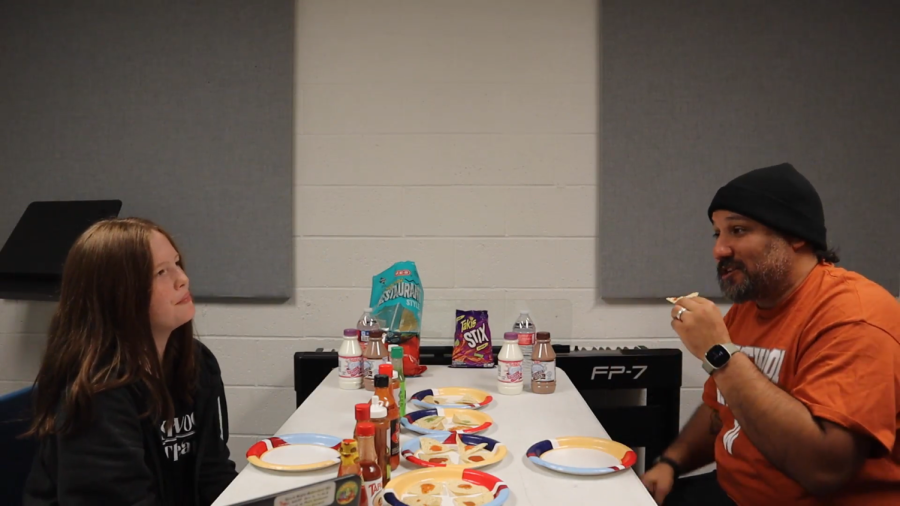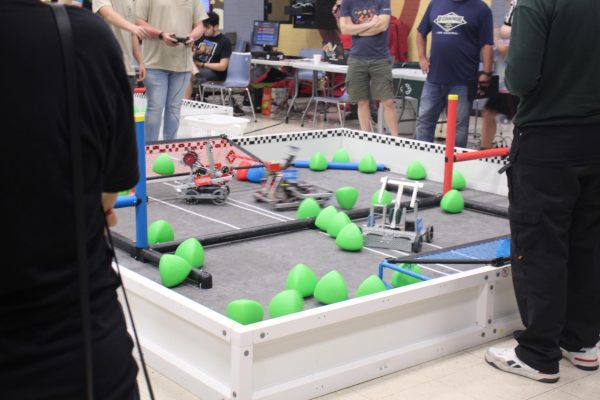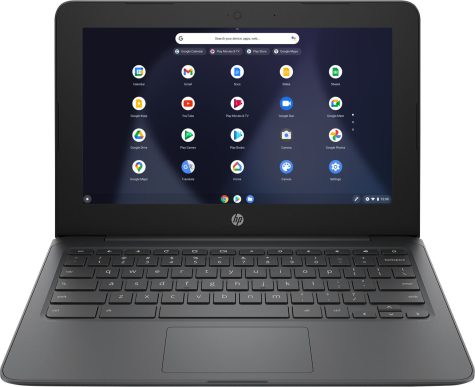Technology in the Classroom
Intro
Technology in the classroom. Is it necessary? During the school day, my school uses computers for everything. I am not upset with this, it helps me grasp the information better than any packet or book. You may think technology is just a distraction in class. It can help with participation in the classroom. Using devices like a computer or tablets, in classrooms can help turn traditionally boring subjects into interactive and fun activities. Read more.
With technology in the classroom, your students have instant access to current information.
Pros to Technology
Having course materials that are always up to date has value. Which can even include additions suggested by students. This also fosters a more collaborative learning environment. students can network together online, can share information, work together on group projects, and interact with the instructor. Often when we review a subject in class we use GimKit or Quizlet Live. Students who are engaged and interested in what they are studying have better knowledge retention. As mentioned before, technology can help to encourage active participation in the classroom. Which also can help to increase knowledge retention. Different forms of technology can be used to experiment with and decide what works best for students.
Technology provides great opportunities for making learning more effective for everyone with different needs. For example, students can learn at their own speed, review difficult concepts or skip ahead if they need to. What is more, technology can provide more opportunities for struggling students. Access to the Internet gives students access to a broad range of resources to conduct research in different ways. Which, in turn, can increase the engagement. The teachers can have more control over what the students are doing in class.
Using technology means students are creating information that teachers and administrators can use to benefit the learning process. Teachers could use analytics to determine if there are specific areas that are challenging for certain students. Those who excel could have their lessons individually tailored to be challenging. With this information, instead of relying on group lessons where certain students understand everything and others don’t. Every student receives a learning plan that can meet their unique educational needs more effectively.
Cons of technology in the classroom
Cheating in assignments and exams is not new, but the use the technology makes it easier for students to copy-paste someone else’s work, or to simply steal essays and assignment ideas from other students. To counter this problem, teachers could work towards structuring assignments and exams in a way that makes cheating impossible. Many schools offer open book exams, where the focus of the examination is problem-solving and mastery rather than rote learning and retention.
While education brings students closer together, technology in the classroom can make students aware of their socio-economic status. Not every student can easily afford smart devices and laptops. This can lead to a divide in the classroom. Unless the school is able to send the technology home with students, homework assignments which are dependent upon technology become difficult for disadvantaged students to complete. As of 2016, there were still 15% of homes that did not own some form of a computer. Forcing students to travel to a library or some other location for computer access creates more of a time and cost commitment. These may already be issues for them at home.
Conclusion
All in all, when technology is used in moderation and students learn how to be responsible with it. We as a society can learn more than any book can teach us and in a fraction of the time. Online learning opportunities and the use of open educational resources and other technologies can increase productivity. By making the rate of learning faster, reducing costs associated with instructional materials or program delivery. It also uses the teacher’s time better.

Evlabia is a human being (which is very shocking) she enjoys hanging out with friends, going to school, and referring to herself in the third person. She...

June is an 8th grader who loves to write about the interesting aspects of our world. She enjoys traveling to different countries, to learn about their...
























